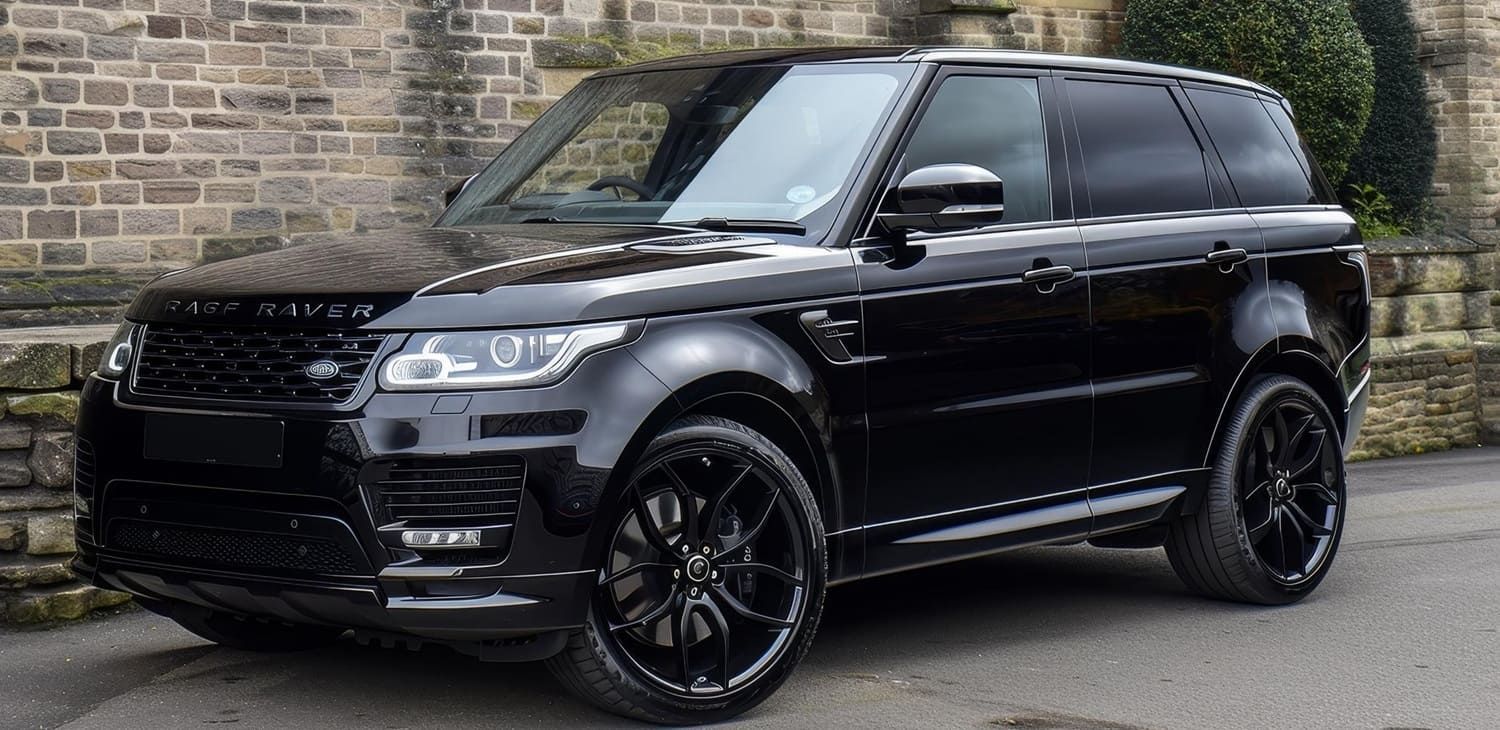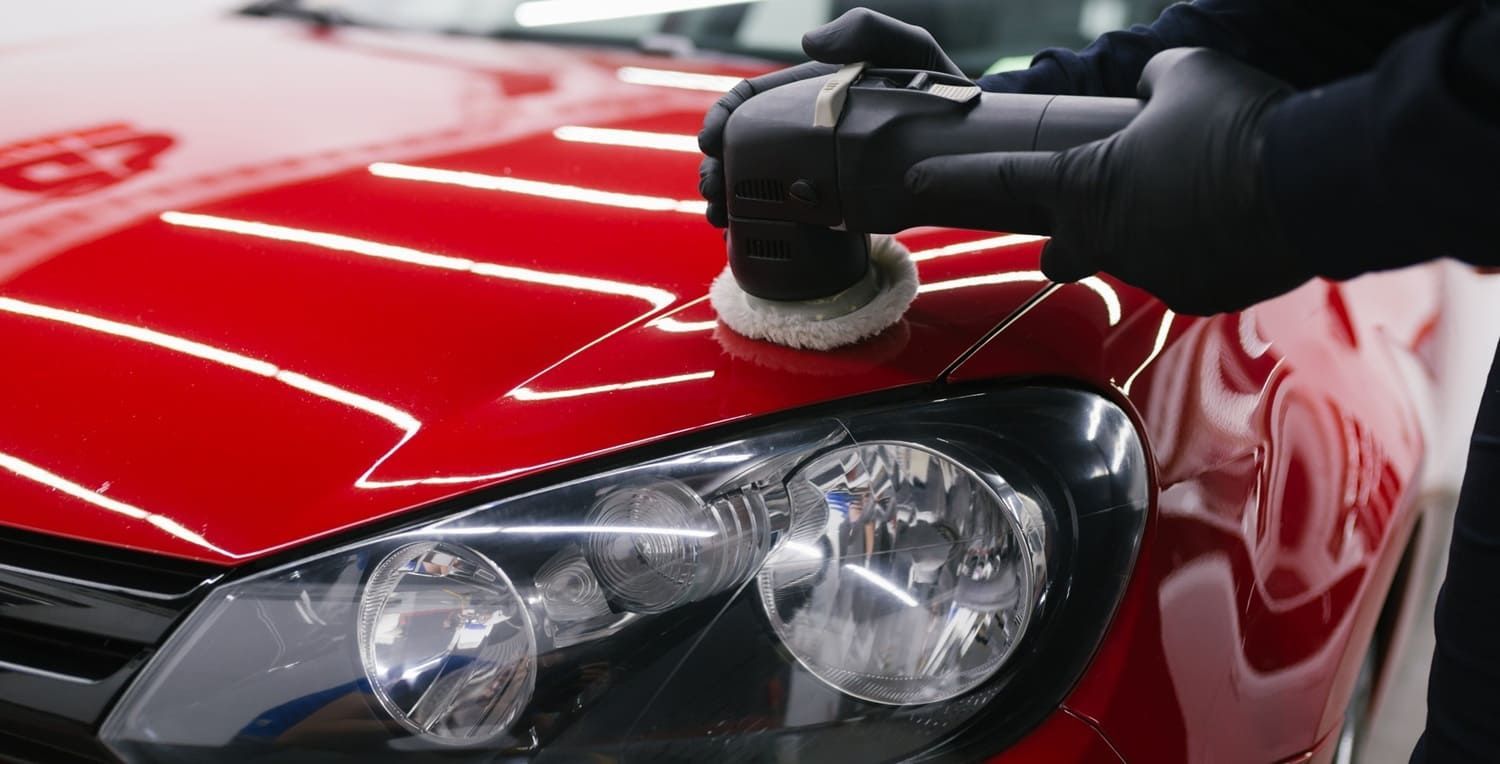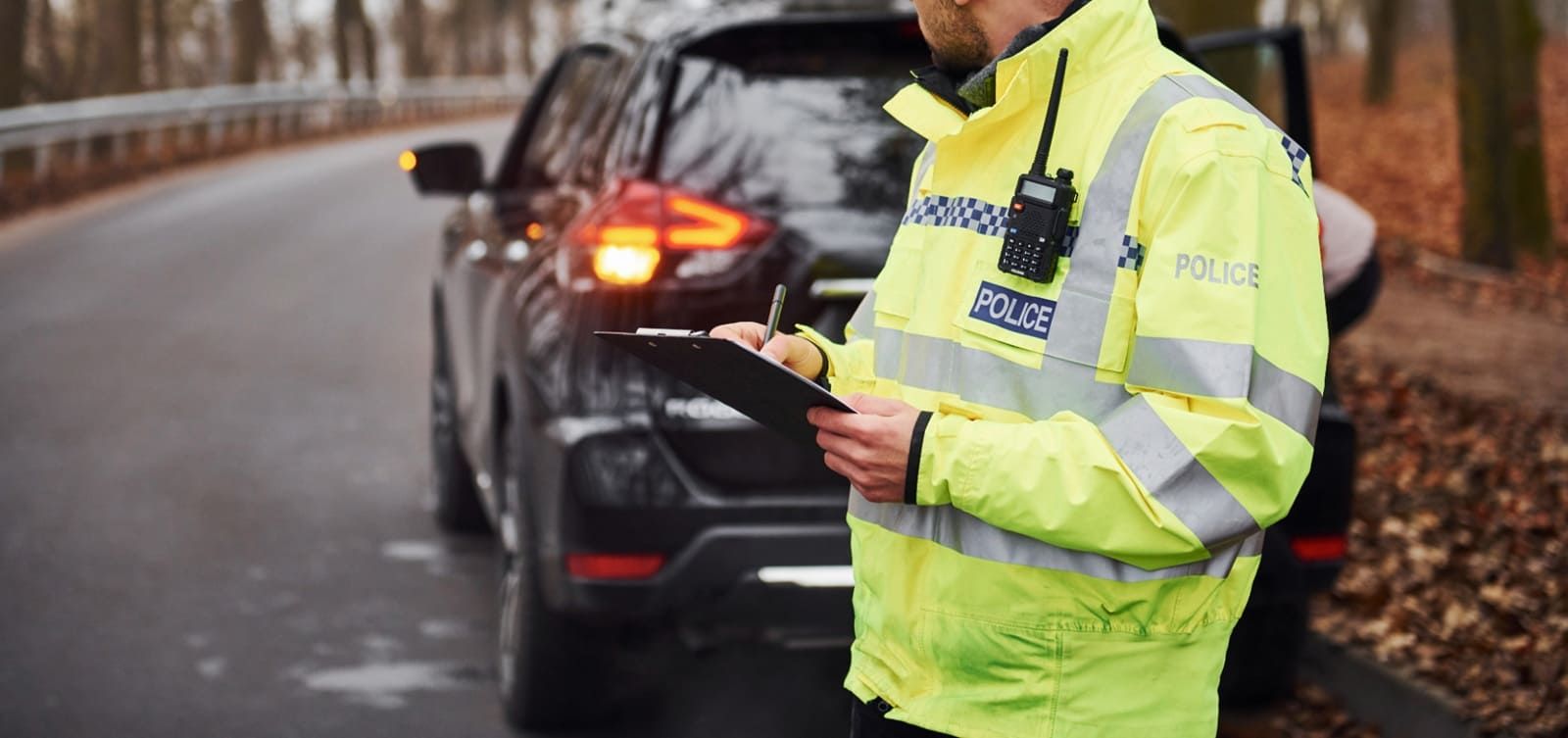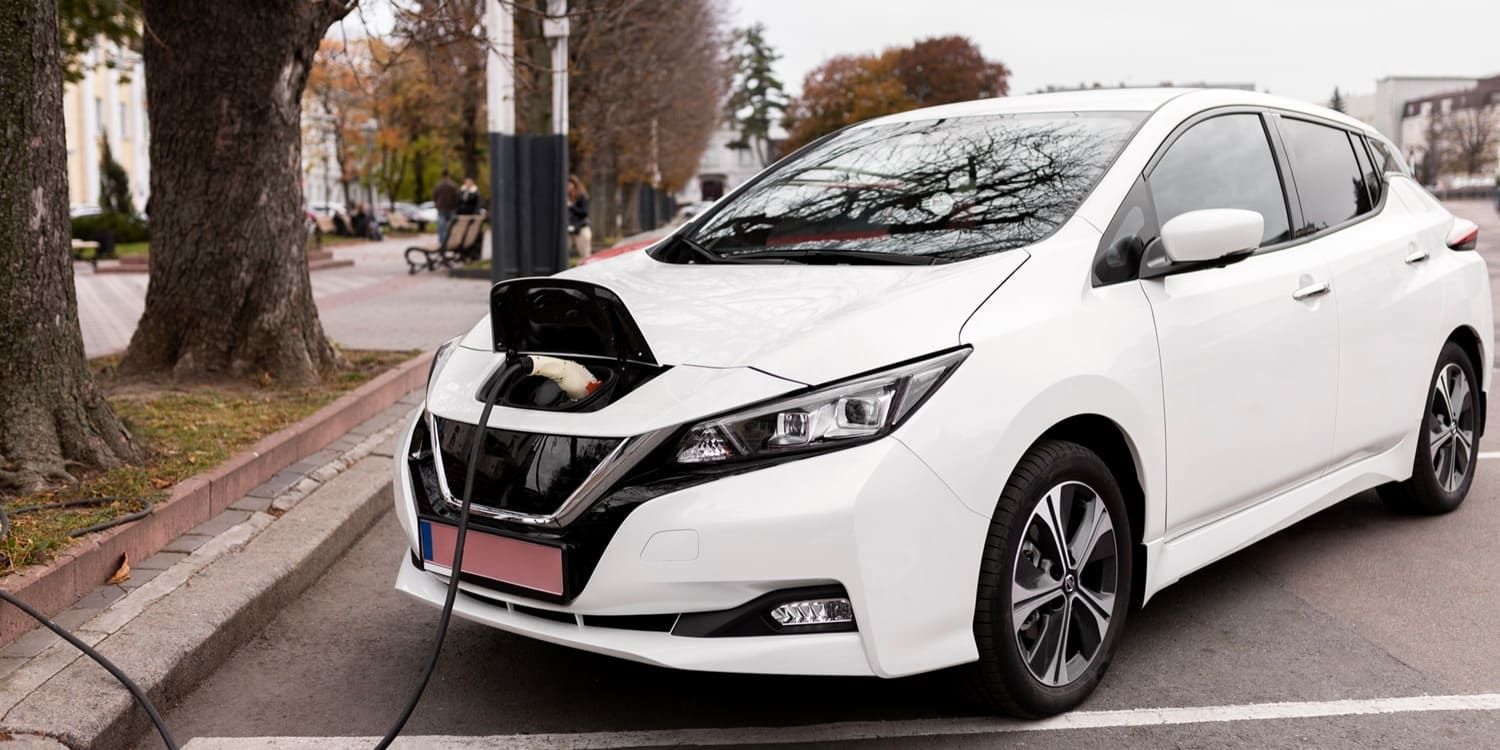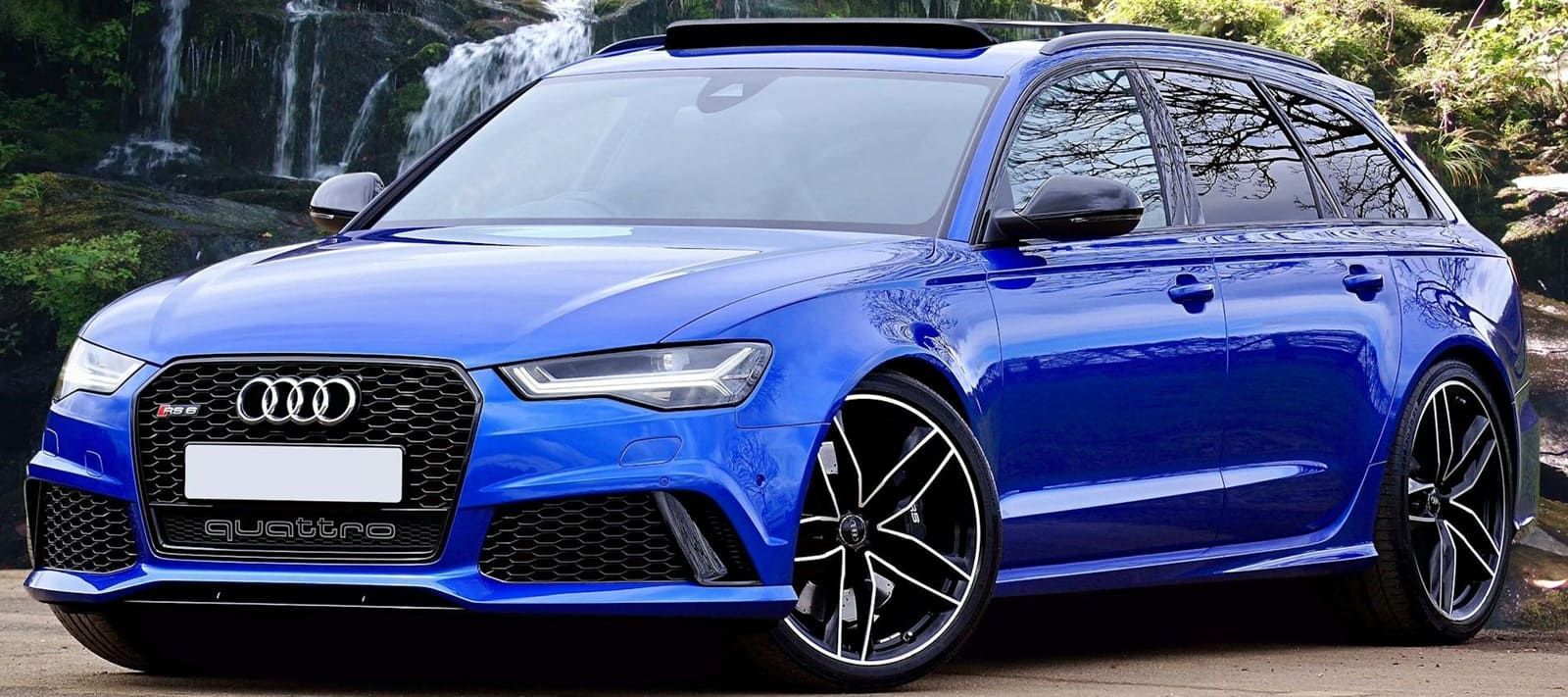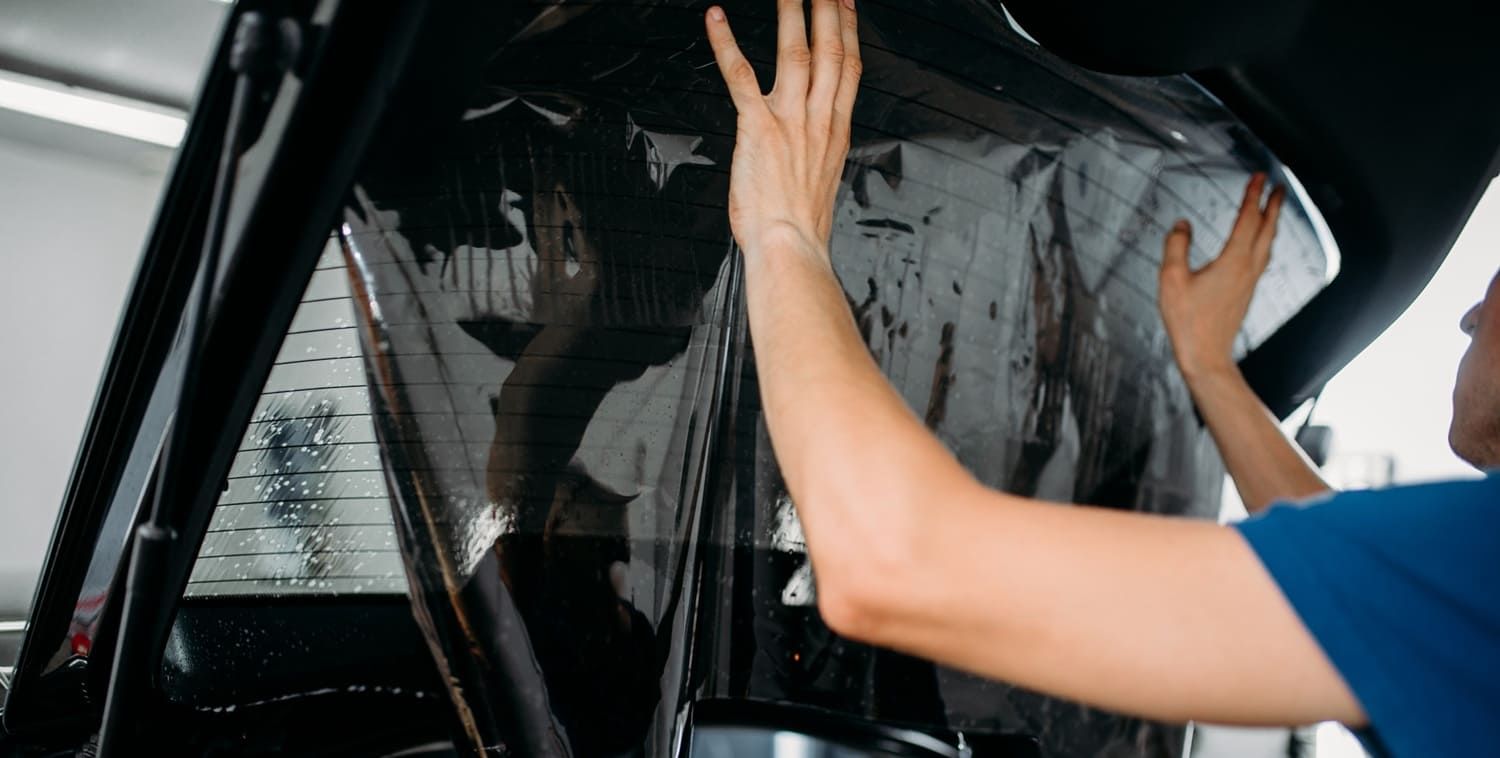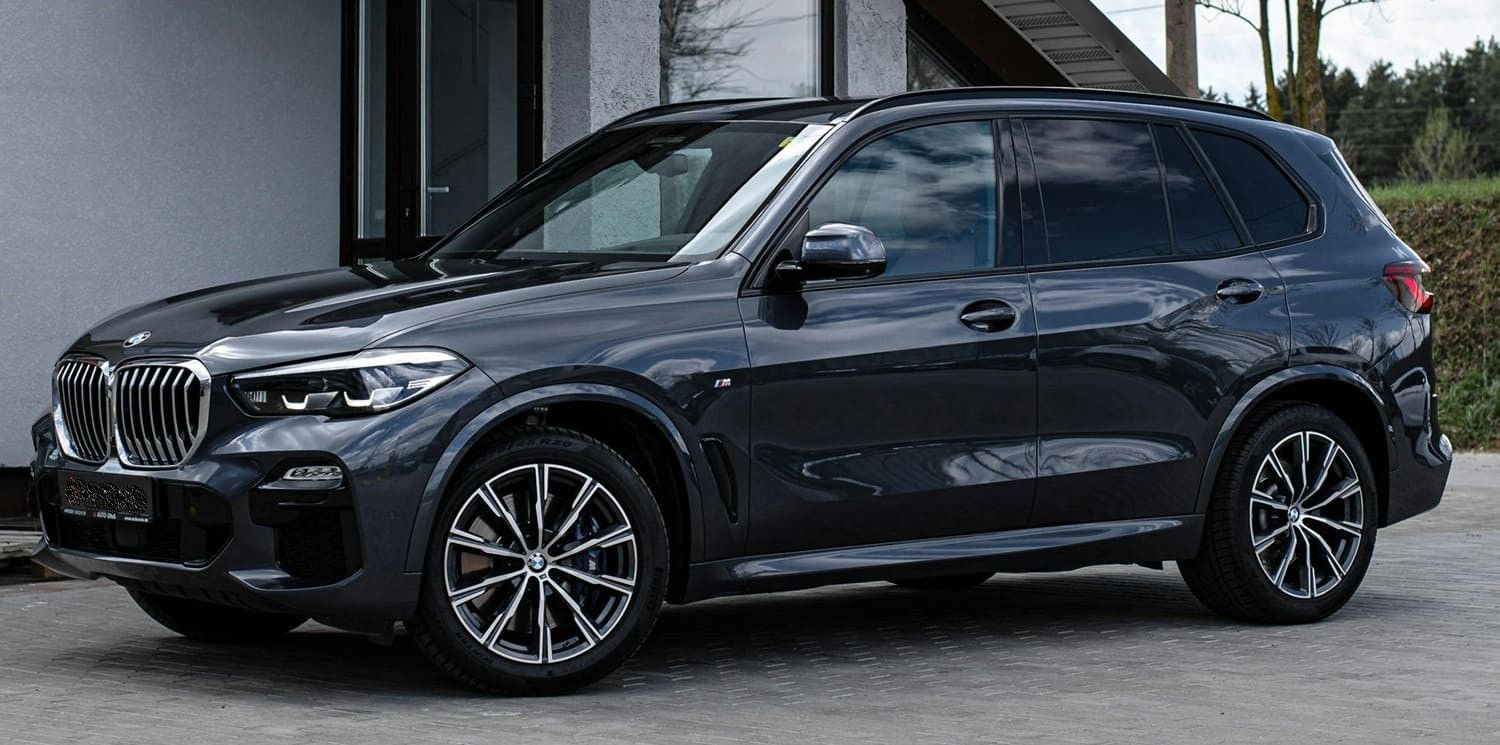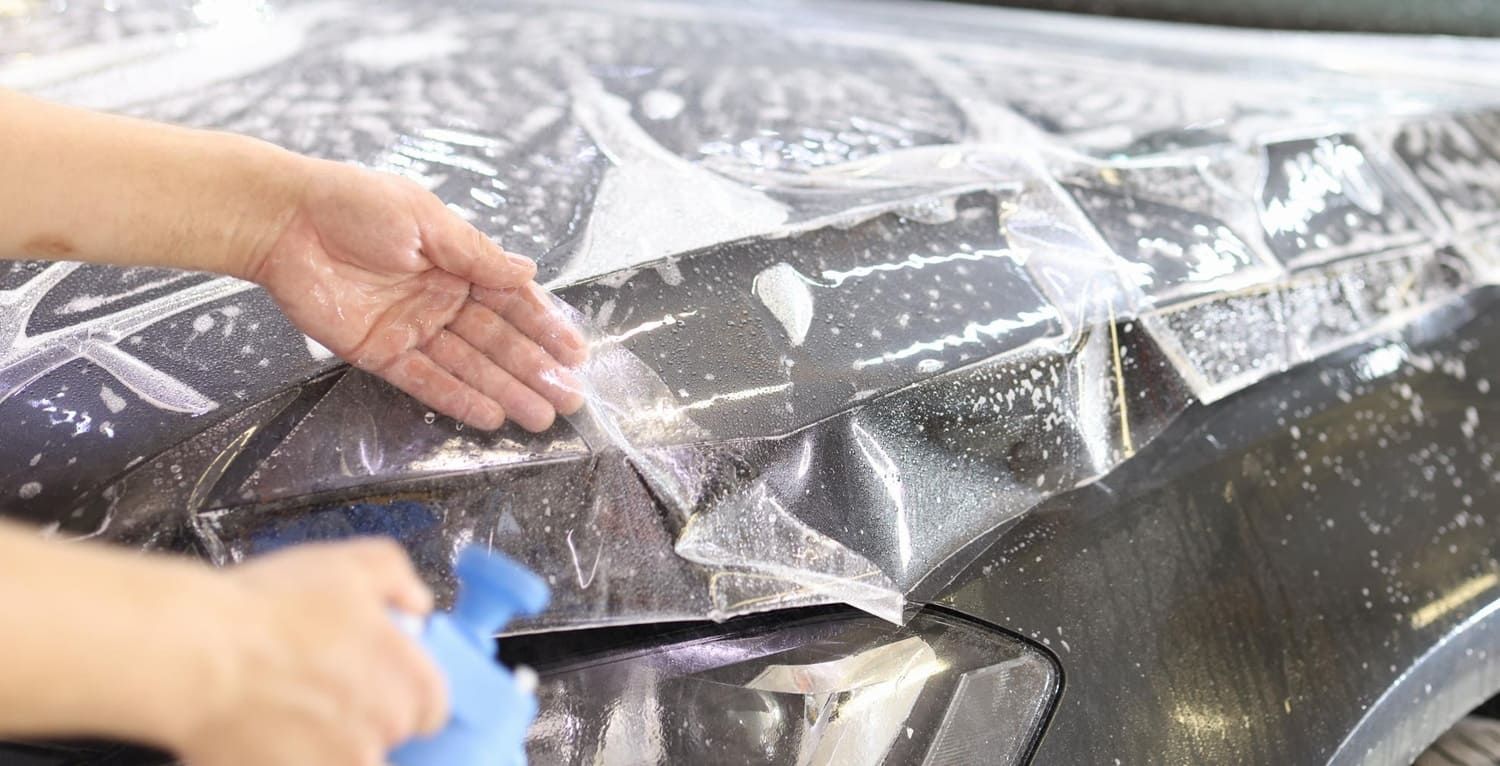Can PPF Be Removed Without Damaging Car Paint?
If you've invested in Paint Protection Film (PPF) to preserve the appearance and value of your vehicle, you might be wondering about the removal process. Can PPF be removed without damaging the car's paint? This is a common concern for car owners who want to maintain the pristine condition of their vehicle's paint finish. The removal process can be daunting, especially if you're unsure of the techniques involved or the potential risks to your vehicle's paintwork.
In this article, we'll explore the ins and outs of PPF removal, highlight the benefits of this protective film, and provide guidance on how to remove it safely without compromising your car's paintwork. By understanding the process and following the right steps, you can ensure your car remains as beautiful as the day you first applied the PPF. We'll also discuss the pros and cons of DIY removal versus professional services, helping you make an informed decision that best suits your needs and expertise.
Paint Protection Film, commonly known as PPF, is a transparent, thermoplastic urethane film applied to the painted surfaces of a car. It acts as a shield, protecting the paint from scratches, chips, and other types of damage caused by road debris, environmental factors, and everyday wear and tear. This film is particularly beneficial for areas of the car that are most susceptible to damage, such as the hood, bumpers, side mirrors, and door edges.
PPF is particularly popular among car enthusiasts and owners who want to maintain their vehicle's showroom shine and protect their investment. With advancements in technology, modern PPFs are more durable and effective than ever, offering car owners peace of mind knowing that their vehicle's finish is safeguarded against the elements and hazards of the road. Additionally, the application of PPF does not alter the appearance of the car, allowing its original color and gloss to shine through unobstructed.

Benefits of PPF
- Protection Against Physical Damage: PPF guards against stone chips, scratches, and minor abrasions. This level of protection is especially valuable for those who frequently drive on highways or in areas with significant road debris.
- UV Protection: It blocks harmful UV rays, preventing paint from fading. UV exposure can cause paint to oxidize and lose its vibrant color over time, but PPF acts as a protective barrier to extend the life of your car's finish.
- Self-Healing Properties: Some PPFs have self-healing capabilities, where minor scratches disappear with heat from the sun or engine. This innovative feature ensures that the film remains clear and unobtrusive, maintaining the car's aesthetic appeal.
- Preservation of Paint Finish: Keeps your car looking new for longer. By protecting the paint from various forms of damage, PPF helps maintain the car's resale value and overall appearance.
- Enhancement of Resale Value: A well-maintained exterior can significantly boost your car's resale value. Buyers are more likely to pay a premium for a vehicle that has been protected and cared for, making PPF a wise investment.
Can PPF Be Removed Safely?
The good news is that PPF can indeed be removed without damaging the car's paint, provided it is done correctly. The removal process is delicate, and improper techniques can lead to paint damage. Therefore, understanding the correct method and having the right tools is crucial to ensure a smooth and damage-free removal.
Why Remove PPF?
There are several reasons you might consider removing PPF:
- Aesthetic Reasons: Over time, PPF can become discolored or cloudy. This can detract from the car's appearance and may prompt owners to remove and replace the film to restore the vehicle's original look.
- Damage: If the film has sustained significant damage, it might need replacement. Damage such as deep scratches or tears can compromise the film's protective capabilities, necessitating its removal.
- End of Lifespan: Most PPFs have a lifespan of 5 to 10 years, after which they may need to be replaced. As the film ages, its effectiveness can diminish, making timely removal and replacement essential to maintain optimal protection.
Steps to Remove PPF Without Damaging Paint
Removing PPF requires patience and precision. Here are the steps to ensure a safe removal:
Step 1: Gather Necessary Tools
Before starting, gather the following tools:
- Heat gun or hairdryer
- Plastic scraper or squeegee
- Adhesive remover
- Microfiber cloths
Having the right tools on hand is essential for a successful removal process. These items will help you work efficiently and reduce the risk of damaging the paint.
Step 2: Heat the Film
Using a heat gun or hairdryer, gently apply heat to the PPF. This softens the adhesive, making it easier to peel off. Keep the heat source moving to avoid damaging the paint. Be sure to maintain a safe distance between the heat source and the car's surface to prevent overheating the paint.
Step 3: Start Peeling
Begin at one corner of the PPF. Carefully lift the edge using your fingernail or a plastic scraper. Slowly peel the film back at a 45-degree angle. Take your time to prevent tearing. If you encounter resistance, apply additional heat to loosen the adhesive further.
Step 4: Remove Residual Adhesive
Once the film is removed, adhesive residue may remain. Apply adhesive remover to a microfiber cloth and gently rub the affected areas. Avoid harsh chemicals that might damage the paint. Be thorough in this step to ensure no sticky residue is left, which could attract dirt and debris.
Step 5: Clean and Inspect
Thoroughly wash and inspect the car's surface to ensure all residue is gone. This is also a good time to assess the condition of the paint underneath. Look for any signs of damage or wear that may have been hidden by the PPF and address them as needed.
Professional vs. DIY PPF Removal
While DIY removal is possible, seeking professional help ensures the job is done without risk to your vehicle. Professionals have the expertise and equipment to remove PPF efficiently and safely. They can also offer advice on whether a new application of PPF is advisable based on the condition of the paint.
Advantages of Professional Removal
- Expertise: Professionals understand the nuances of PPF and paint care. They can navigate tricky areas and ensure the film is removed without causing harm.
- Safety: Reduces the risk of accidental paint damage. Professionals use specialized tools and techniques that minimize the potential for error.
- Time-Saving: Saves you time and effort. A professional service can complete the removal more quickly than a DIY approach, freeing you up for other tasks.
Finding Professional PPF Services
To find a reliable professional near you, search for "PPF near me" and read reviews to ensure you select a reputable service. Look for businesses with a track record of customer satisfaction and experience in handling PPF removal and installation.
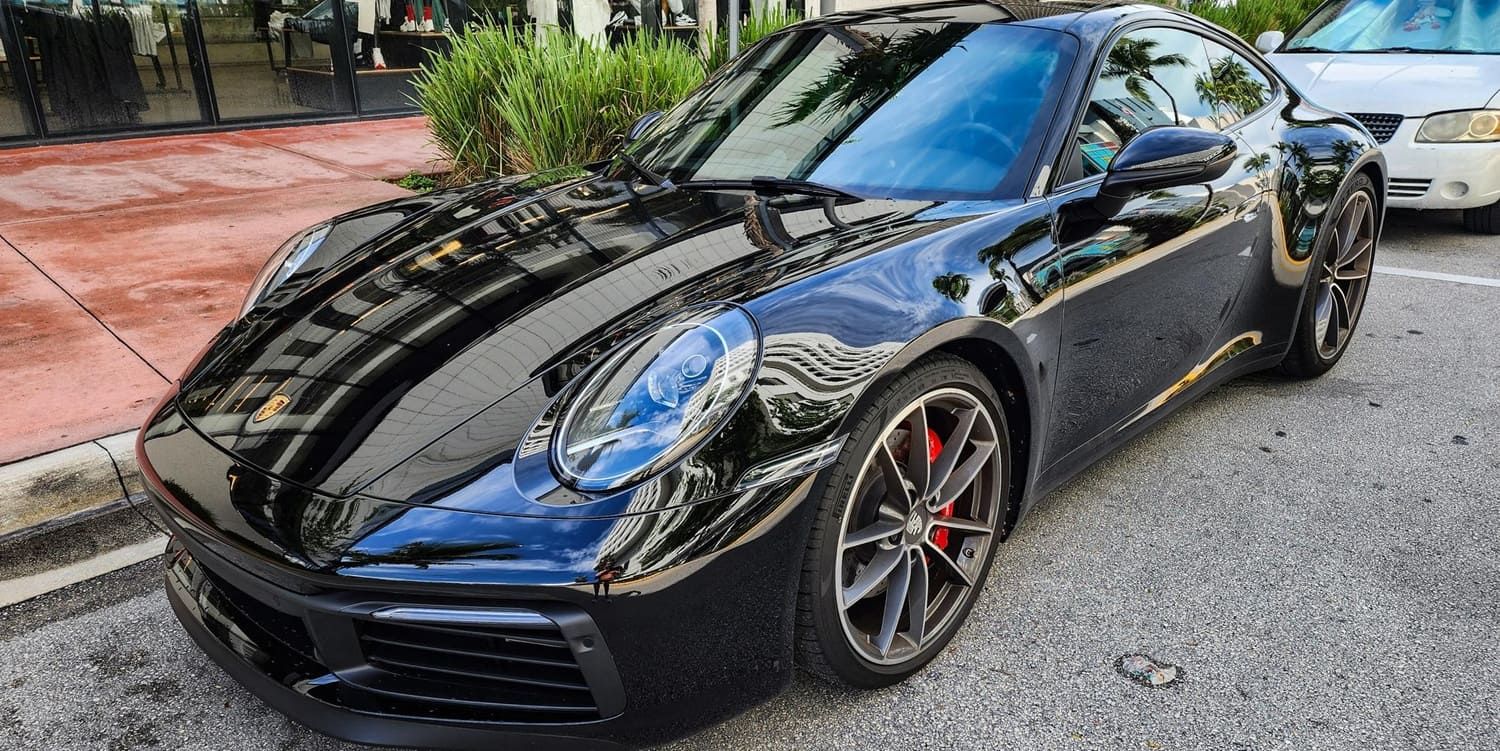
Maintaining Your Car's Paint After PPF Removal
Once the PPF is removed, it's essential to maintain the paint to keep it in top condition. Consider the following tips:
- Regular Washing: Wash your car regularly using a gentle car shampoo. This prevents dirt build-up and keeps the paint looking fresh.
- Waxing: Apply a high-quality car wax to enhance shine and protection. Wax forms a protective barrier on the paint, safeguarding against minor abrasions and UV damage.
- Parking: Whenever possible, park in shaded areas to protect from UV damage. Prolonged exposure to the sun can cause paint to fade and deteriorate.
- Touch-Ups: Address any paint chips or scratches promptly to prevent rust. Early intervention helps maintain the integrity of the paint and prevents further issues.
Conclusion
Removing PPF without damaging your car's paint is achievable with the right approach and tools. Whether you choose to do it yourself or hire a professional, handling the process with care ensures your vehicle remains in excellent condition. By following the steps outlined above, you can successfully remove PPF and continue to enjoy the beauty and value of your car.
Remember, taking care of your vehicle's paint is not just about aesthetics; it's about preserving your investment for years to come. With careful maintenance and protection, your car can continue to look its best and retain its value, providing you with pride and enjoyment every time you take it out on the road.
Elite Audio & Window Tinting — the best PPF installers near you serving Athens, TN. Contact us today for a free estimate.
FAQs About Removing PPF Without Damaging Car Paint
Can paint protection film (PPF) be removed safely?
Yes, PPF can be removed without damaging the paint if it was installed on a properly prepared factory finish and removed correctly.
How is PPF removed from a car?
Professionals use controlled heat and gentle peeling techniques to soften the adhesive and lift the film safely from the surface.
Does removing PPF damage factory paint?
No, factory paint is durable enough to withstand removal, provided the film is not extremely old or neglected.
Can PPF removal damage repainted surfaces?
Yes, aftermarket paint jobs may be weaker than factory finishes, making them more prone to lifting during removal.
Is it safe to remove old or yellowed PPF?
Yes, but aged film may require more time and careful techniques to avoid leaving adhesive residue.
What happens if adhesive remains after removal?
Any leftover adhesive can be cleaned with specialized solutions that do not harm automotive paint.
Can I remove PPF myself?
Yes, but professional removal is recommended to avoid scratches, paint damage, or uneven peeling.
Does heat make PPF removal easier?
Yes, applying heat softens the adhesive, making it easier to peel the film without damaging the paint.
Can cold weather make PPF removal harder?
Yes, removal is more difficult in cold conditions, which is why professionals often use heat guns or steam.
How long does PPF removal take?
Depending on coverage and film age, removal can take 1–3 hours for a partial application or longer for a full wrap.
Will removing PPF affect my car’s clear coat?
No, if done properly, the clear coat remains intact and undamaged.
Does professional removal cost extra?
Yes, most shops charge for removal since it requires time, tools, and expertise.
Is it easier to remove PPF earlier rather than later?
Yes, newer films are easier to remove than those that have aged 7–10 years.
Can ceramic coating under or over PPF affect removal?
No, ceramic coatings don’t interfere with proper PPF removal.
Will I need paint correction after PPF removal?
Not usually, though some owners choose light polishing to refresh the finish once the film is off.
Does PPF removal void warranties?
No, professional removal does not void warranties, but DIY mistakes may cause paint damage not covered by warranty.
Is there risk of cutting paint during PPF removal?
If sharp tools are misused, yes. Professionals avoid knives on the paint to prevent damage.
Can I install new PPF immediately after removal?
Yes, once the surface is cleaned and inspected, new film can be applied right away.
Is professional PPF removal worth it?
Yes, for peace of mind and guaranteed safe results, professional removal is the best choice.


